|
The portrait by Lucas Cranach, painted in 1526, of Katharina Luther, wife of the famous Martin Luther, depicts a woman wearing a hairnet. It was Dagmar Drinkler of the Bavarian National Museum who showed me this image some years ago. It is her opinion that Mrs. Martin Luther is wearing a sprang bonnet. I interpret this as possibly an interlinking structure, what I call a doubles grid.
Arriving at the centre, I chained across to secure the cloth. I chained threads one at a time. Then I blocked it. I got it soaking wet, and then selected the right sized mixing bowl from my kitchen. Mrs Luther's bonnet seems to have a band around the rim. I made a band using my tape loom. I measured out threads of sufficient length to make a band that will go around my head three times, plus a bit extra to tie a knot.
I made this first bonnet using a pale wool, hoping you would be better able to see the details of construction. Mrs Luther is wearing a dark colored bonnet. You will also note that the band around the head is rather wide, far wider than the band I made for this pale-coloured bonnet. I worked a band in a 2-2 interlace stitch, with vertical ribs, and a 4 contrasting colored threads. OK, the red yarn I selected is rather close in color value to the dark green, and the green design does not stand out well on my band. I was also disappointed to note that the design in my band is far more elongated that the design in Mrs. Luther's bonnet. OK. Maybe I should stick to my field of expertise, the sprang, and leave the band to someone else. Perhaps it is another technique, perhaps an embroidered design.
0 Comments
I was talking today with members of a Colorado-based sprang study group. They had some questions, and I was wanting to refer them to a blog post of mine ... and then I realized that I never posted those pictures, never told that story on my blog. So here it is, the making of that shirt that was on display at HGA's Convergence last summer. I have been exploring different ways to create a sprang shirt. The obvious way to create the neckline is to make a slit for a V-neckline. When I did this, I found that there is stress on the stitch at the bottom of that V, and it does not look nice. Because of this, I have begun to look for other ways to create that neckline. This pullover began with a false-circular warp to create a large rectangle for the front and back. The loops will sit near the hem of the garment. There is a chain line at the shoulders. I laid the piece out flat, and traced a circle (basting stitch) with a red thread at the place that I thought should be the hole for the neck. The hole must be as large as the circumference of my head. I then cut across the stitches inside this hole, being careful to leave threads long enough to tie knots. I unravelled the stitches to the place of the red thread, and tied knots. This gave me a neck opening, with unsightly knots all around. I covered the knots with a collar. The collar started out as a long flat warp. I chose a 2-2 interlacing stitch for the collar. For the sleeves, I wanted to try making them narrower at the wrist, wider at the shoulder. To make the cloth wider, you must add threads. I added a loop of yarn every second row. This gave me two sleeves, that are wider at the shoulder, narrower at the wrist. I cut the sleeves apart, and tied knots. The knots are hidden on the inside of the garment.
The finished pullover was judged worthy of the fashion show at the Handweavers Guild of America conference Convergence in 2018 in Reno, Nevada.
I visited the Kelsey Museum collection in the spring of 2016, went home and worked out the pattern for this hat, and then came back in the summer of 2017. At the occasion of my second visit, I took a photo of my replica beside the original. Actually I took two photos. In one of them, my replica is inside-out. If anyone is interested, my SprangLady website contains three tutorials that take you step-by-step, showing you how to do this twining technique on a background of interlinking. And I do still have the specific pattern for this bonnet.
The Textiles of the Nile Valley Conference is held every two years in Antwerp, organized by Antoine De Moor, Petra Linscheid, and Cäcilia Flück. I arrived in Antwerp at the central train station ... a truly beautiful building. The conference is held at the headquarters of KatoeNatie. This is also the location of an amazing collection of Coptic garments. I presented a paper along with Ines Bogenspurger and Julia Galliker on the subject of textiles found in the ancient town of Karanis. My part of the research had to do with examining and reconstructing bonnets from the collection at the Kelsey Museum. I set up a display of reconstructed bonnets from the Kelsey and Krefeld collections. I invited participants to touch, and to try them on. Curators and scholars were very happy to be able to touch and e explored a variety of ways to wear these bonnets. Proceedings from these conferences get published in a lovely, full-color book. My paper from 2015, presented with Fabienne Medard, appears in the volume we received at this year's conference. Yes, this year's papers will be published in a volume that will be released in 2019.
En route to the British Museum, I stopped off to visit a friend who lives near Sheffield. I met Andy and Elaine a few years back. Elaine really wanted to know more about sprang. They were, at that time preparing to participate in an event, re-doing the battle of Marathon in Greece ... he was going to be one of the bad guys. I made him a pair of leggings, appropriate to the time period, and based on research by Dagmar Drinkler. It seems that Andy has worn these leggings to several events. Imagine my surprise when I read on the internet that sprang is not at all suitable for leggings! Andy showed me a post indicating that, with one broken thread, the pants will fall apart. This, I thought, is the perfect moment for a bit of testing, some experimental archaeological if you will. Andy allowed me to cut a thread in his leggings. To make it a fair test, I cut a thread at the knee, a place that would be affected by movement of the leg. Andy took a picture of me cutting the thread just in front of his left knee. Here you see the broken thread at the left knee. Andy then went outside to do some work in the yard. He cleared his deck of the leaves, and tended to his leaf-blowing machine. His leggings stayed on the entire time ... no falling apart ... no falling off. Indeed no increase in the size of the hole. The wool threads stayed put. Wool has a certain 'grabbiness' to it's surface, and the wool sock-yarn that I had used to make the leggings is no exception. Yes, I've seen silk sashes in museum collections with long vertical slits, where a thread broke. The slipperiness of silk as well as the simple interlinking structure would allow a slit to develop ... but the slit will only open up so far. At some point the length of the cut threads will, itself, prevent further un-doing. The structure of the zig-zag pattern in these leggings also helps prevent un-doing. I repaired the damage I had caused, tied a knot to mend the cut ends, and tucked the knot to the inside of the leggings. The damage is now repaired, the knot almost imperceptible.
A big Thank You to Andy Cropper for permitting me to carry out this test. I attended the 2017 CIETA conference, held at The Hermitage. Very interesting discussions of textiles as symbols of power. The Hermitage treated us to a special exhibit of their collections ... including a display featuring garments worn by Peter the Great. His military uniform included a sprang sash. The curator told me that the sash originally was tricolore: red, white, and blue. The fiber is silk with silver threads worked in. You can tell it is sprang, because one side features an S twist to the stitches, the other side features Z twist. There is a line at the shoulder where the S and Z meet.
The organizers of the Intermountain Weavers Conference asked me back for this year. I taught three classes: intro to sprang, sprang lace and sprang in S&Z. The students were eager and enthusiastic. The world has a few more practitioners of sprang! Then on to the DC area, to be specific, George Washington’s Mount Vernon. I’ll gave a talk on the subject of sprang. I also handed over another replica of the Braddock sash. This time the beneficiary was Carlyle House. They will soon unveil a mannequin dressed out as Edward Braddock in his military uniform. Then on to Ann Arbor, Michigan, and the Kelsey Museum of Archaeology. They have a collection of some 200 pieces of sprang bonnets, some complete, some just little bits. Researcher Julia Galliker and I had a look at these pieces. We’re intending to compile our findings into a database (Julia has a gift for databases) and we will present this information at the Textiles of the Nile Valley Conference in Antwerp, Belgium, at the end of October.
Here I am, on a 3-city teaching tour of Colorado. Spring weather is living up to it’s reputation, sunshine, rain, snow, sleet, and then sun again. I am teaching classes in Montrose, Boulder, and Colorado Springs. Everyone works on her own frame, creating several sample pieces. In the introductory class, we explore the basic interlinking stitch, and then some variations. You learn the basic stitch, some finishing techniques, and then how to start from ‘scratch’.
My hostesses to date have been lovely. Many thanks to Bobbie, Mary, Janet, Sue, and Cheryl. I’ve been treated to a tour of Black Canyon of the Gunnison Park, and a drive through the Rockies, from Montrose to Boulder. Looking forward to a tour of the Schacht Loom factory. In-between teaching, I’ve kept myself busy working on some Coptic designs, working out the pattern, and then testing them by making sample pieces. Susan Foulkes is an amazing textile artist, teacher and researcher. In her blog she records things she sees on her travels. Her most recent post on https://durhamweaver64.blogspot.ca/ tells of her trip through the Baltics, and St Peterstburg in particular. She includes a photo of the 1709 uniform of Peter the Great, and a closeup of the sash … sure looks to me like sprang.
A few years back I used some of my single spun wool to make a bonnet. The wool was quite dark in color, and does not photograph well. I’ve since made another bonnet, this time using some commercially spun linen. The pattern is based on a bonnet in the collection of the Danish National Museum in Copenhagen. The pale color in the linen makes it easier to see the stitches. It is really a few simple stitches, combined to make an interesting pattern and a lovely bonnet.
Now, examining historic hair nets, some of them were made from tightly spun singles. I experimented with some tightly spun wool, not treating the overtwist, nor waiting for it to settle down. It worked just fine. The weaving was easier than I expected, not really hampered by the extra twist. The finished piece, well, yes, I soaked it and blocked it twice, but it looks just fine. |
Categories
All
Archives
May 2023
Categories
All
|
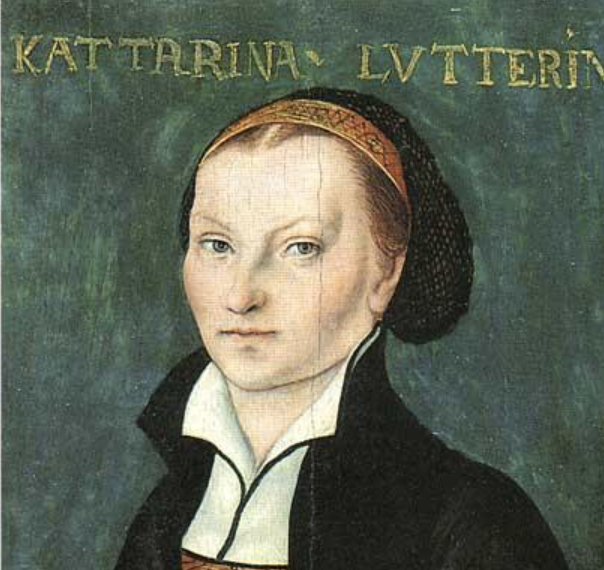
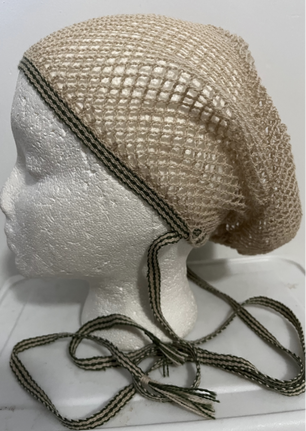
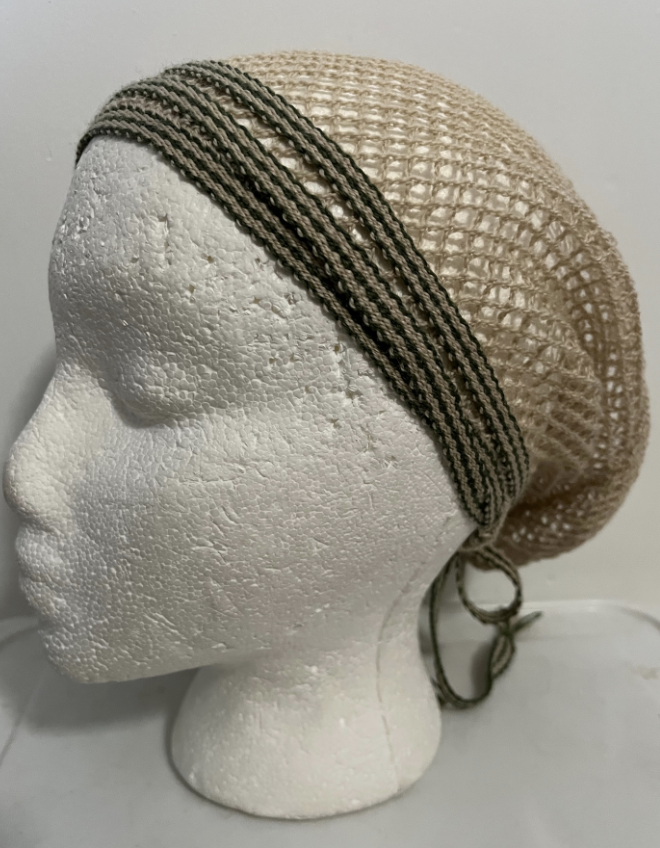

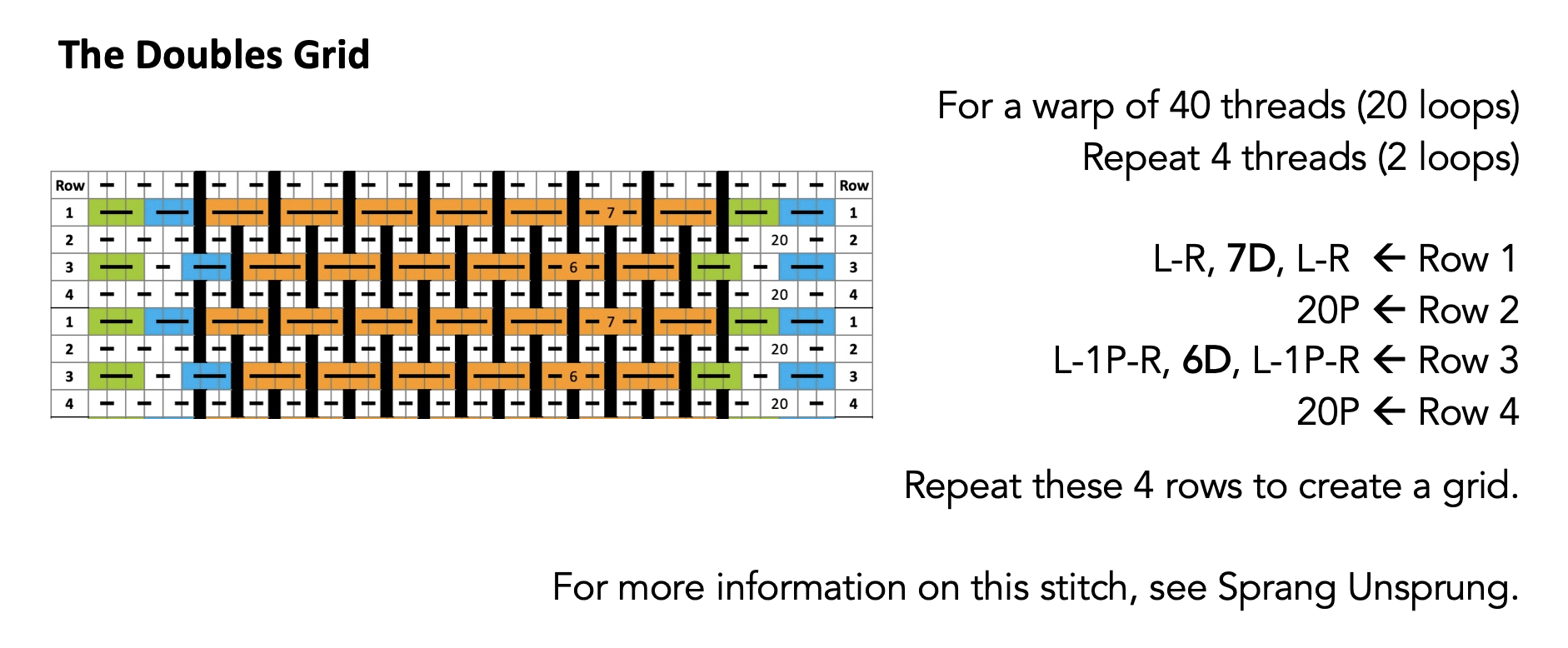

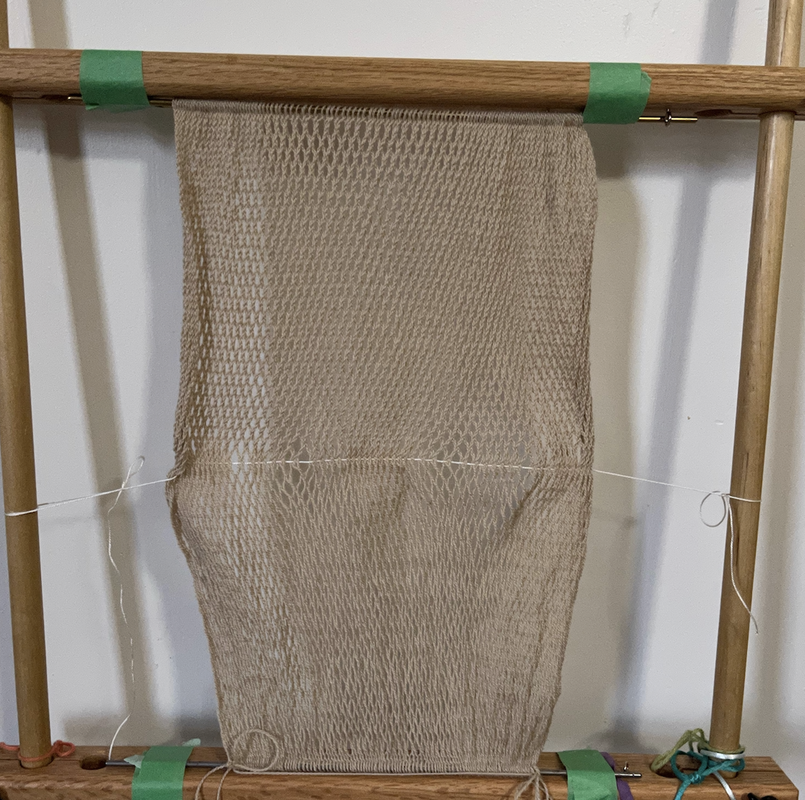
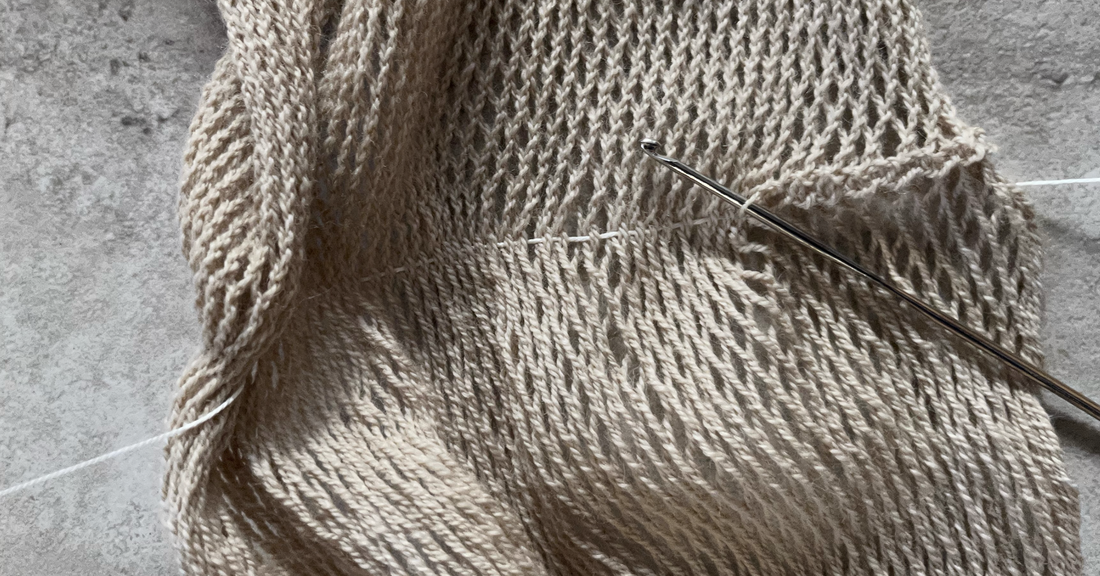
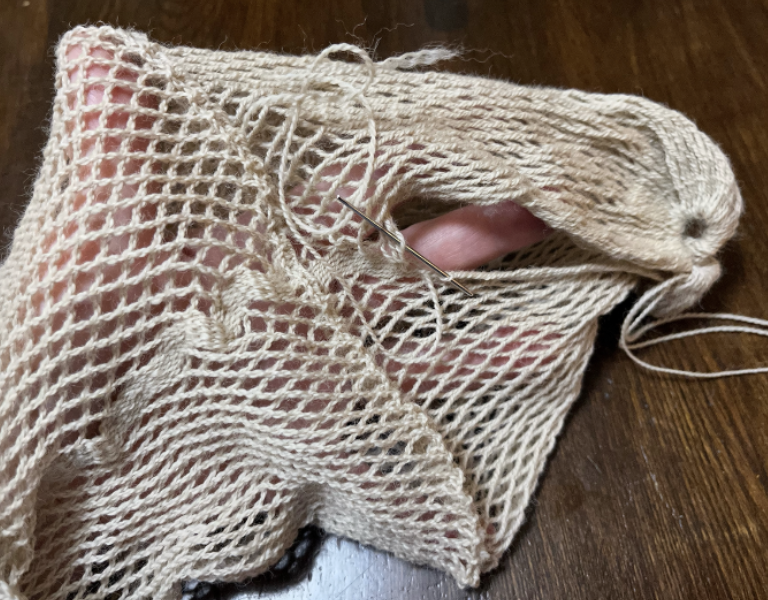
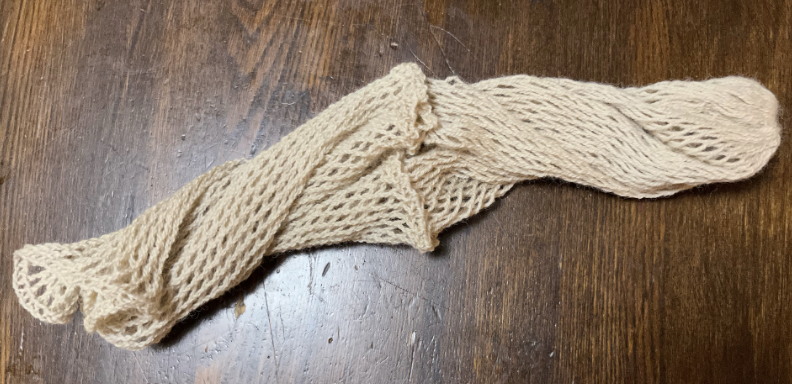
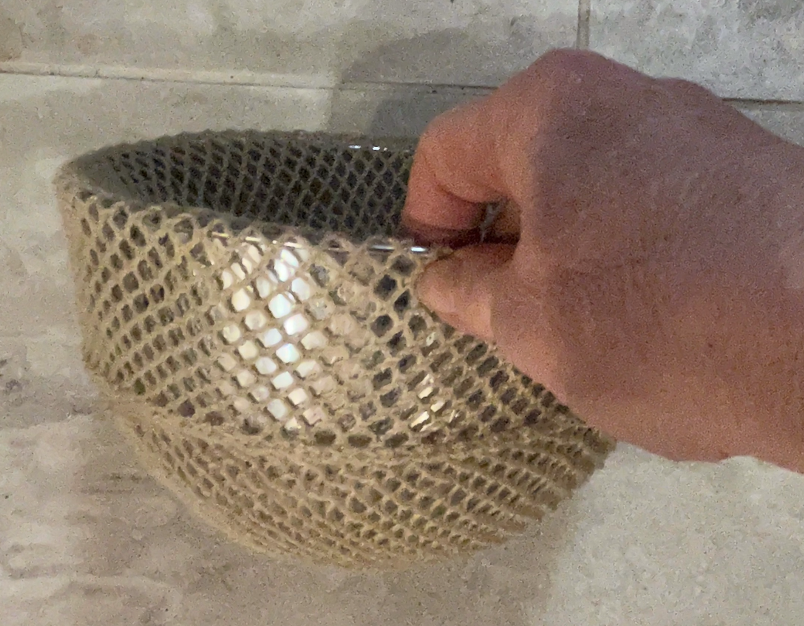
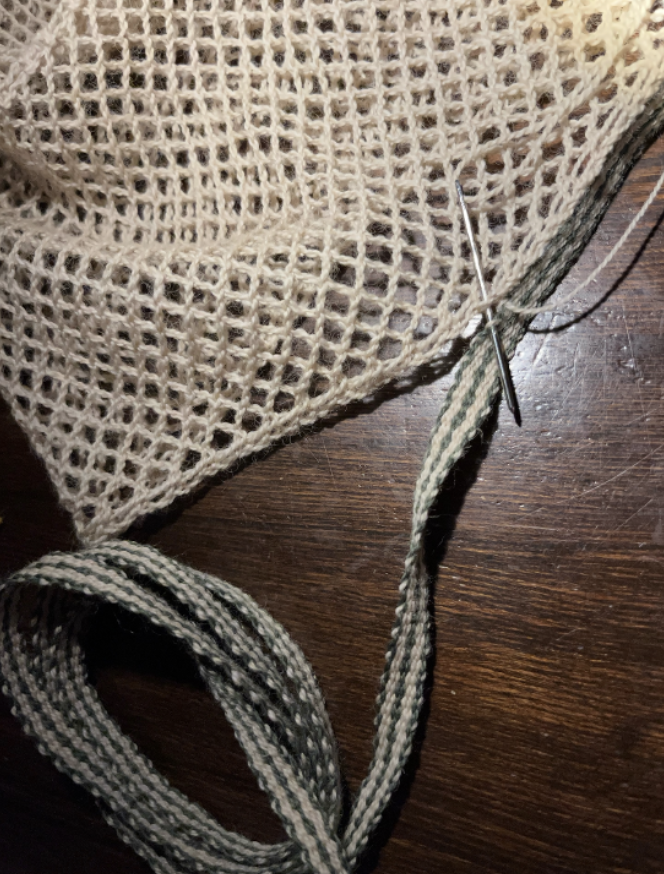
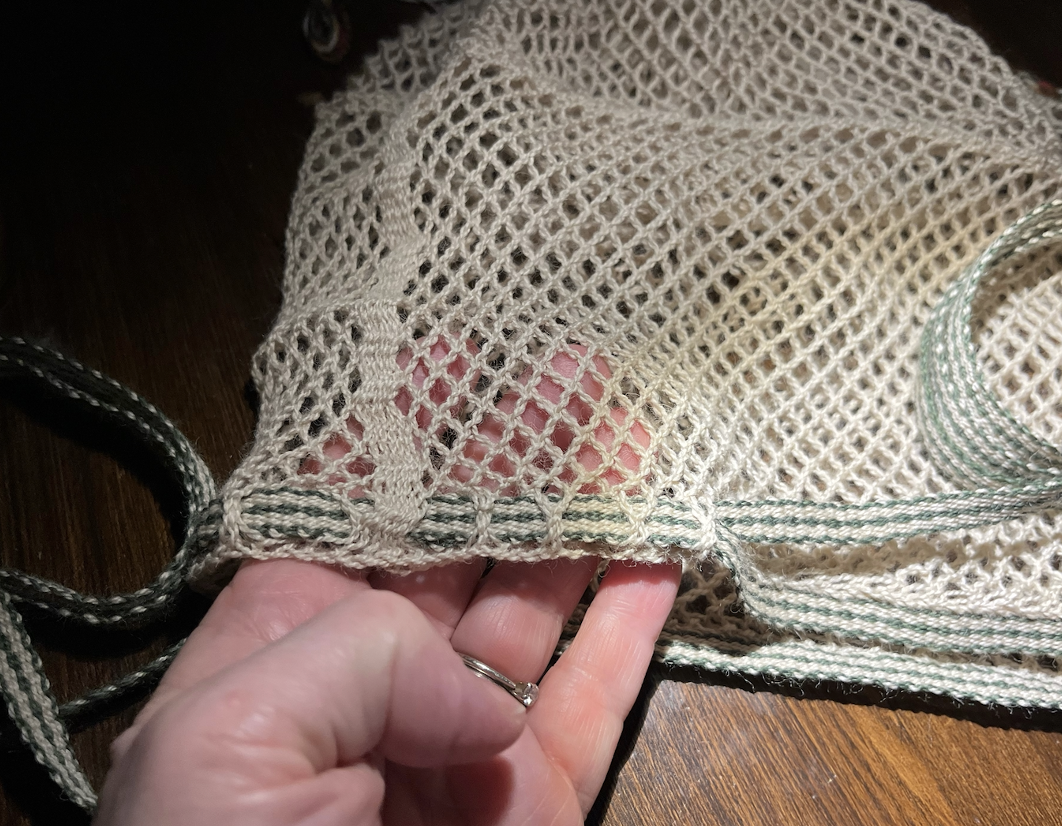
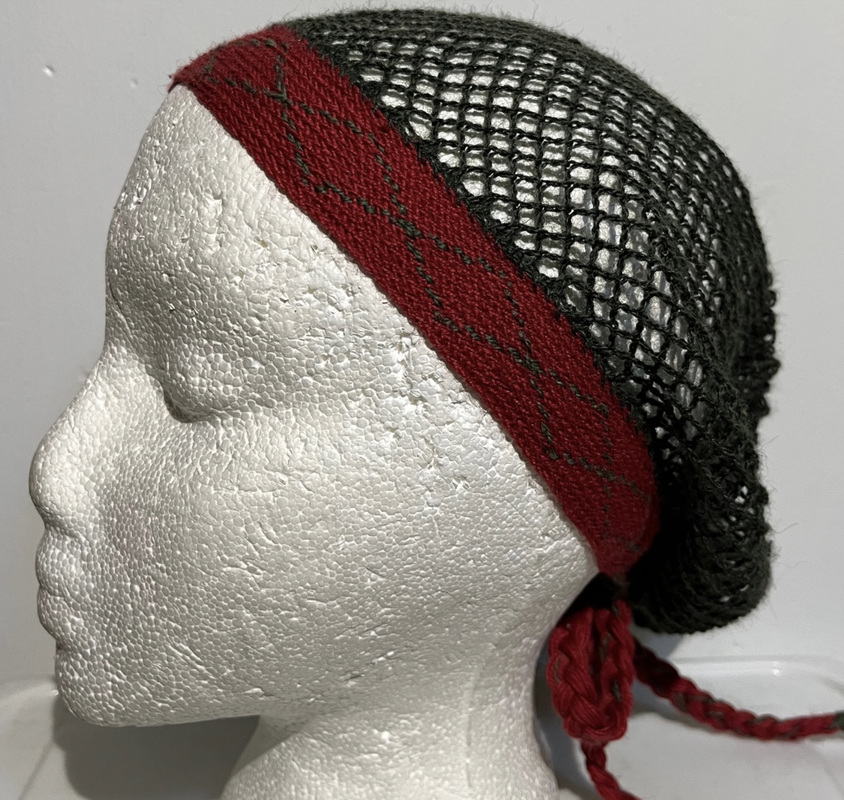
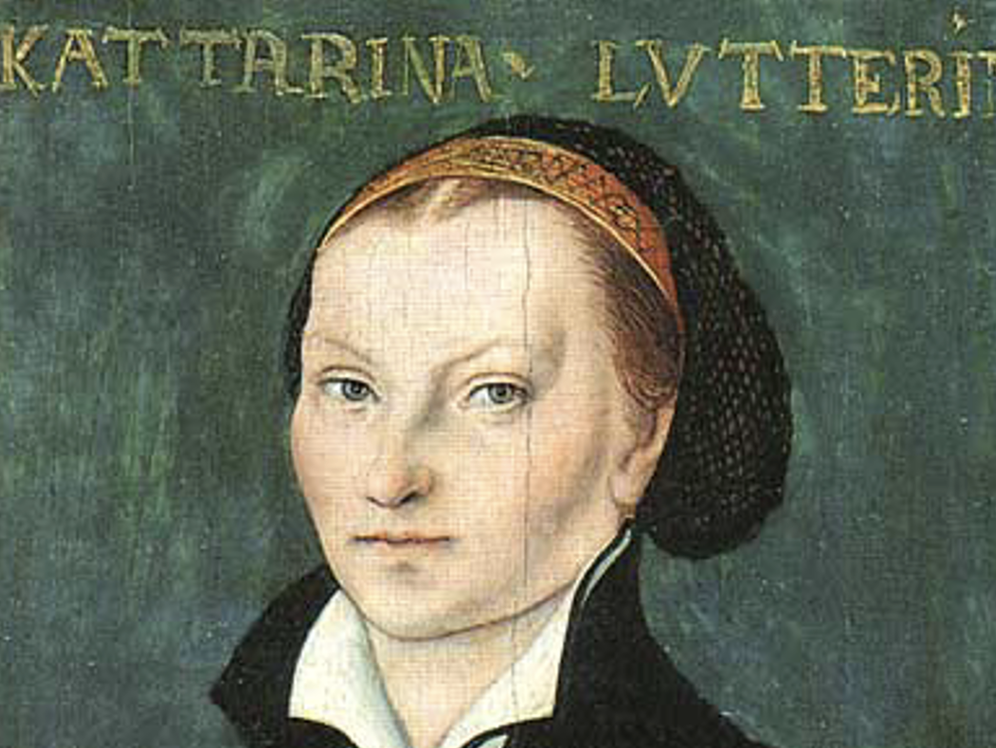
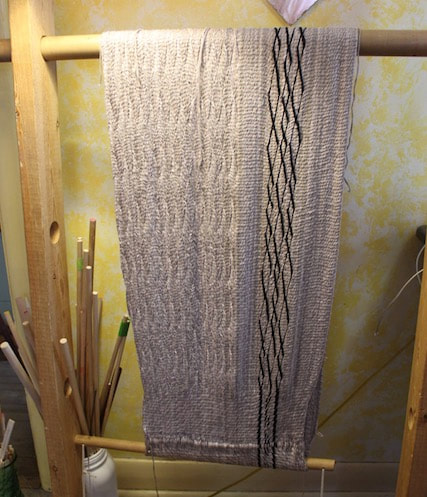
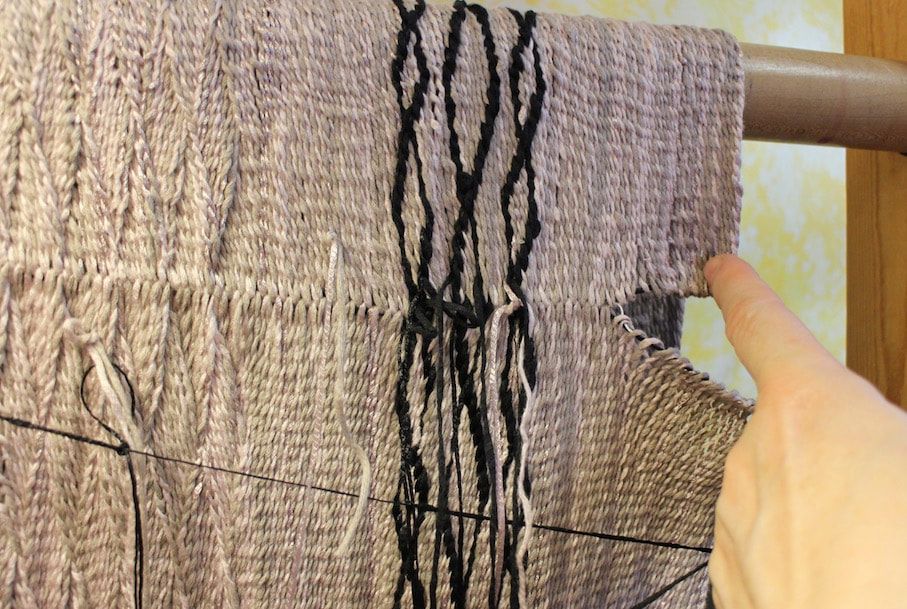
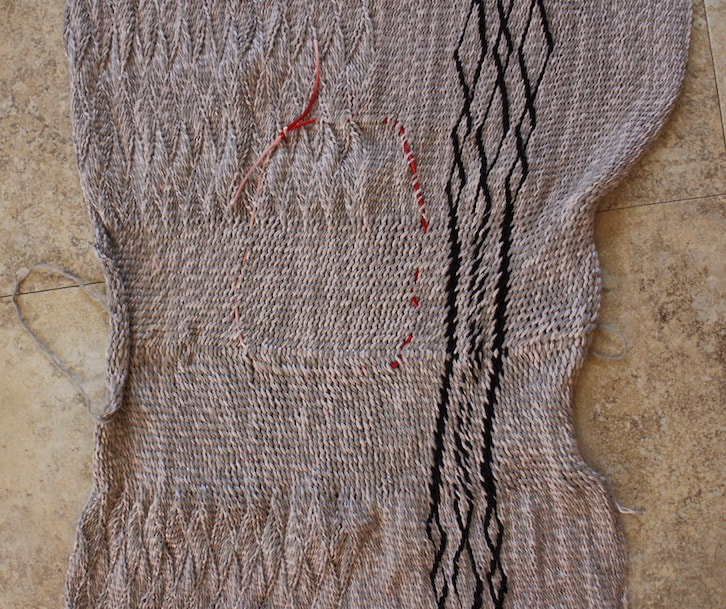
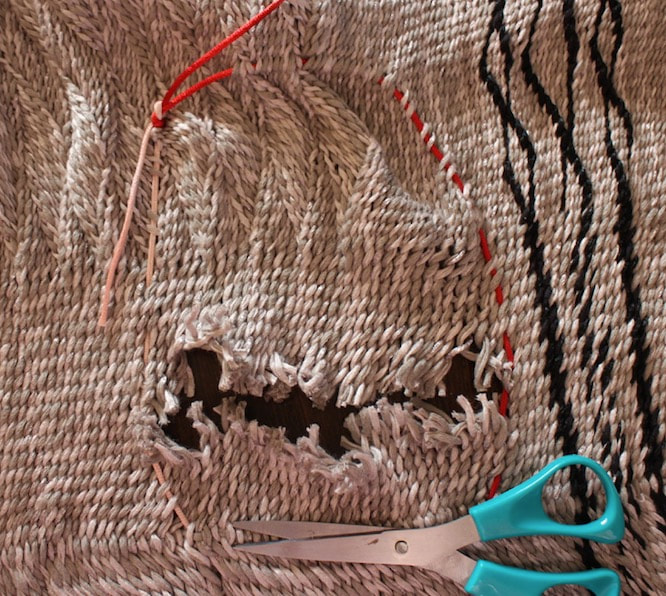
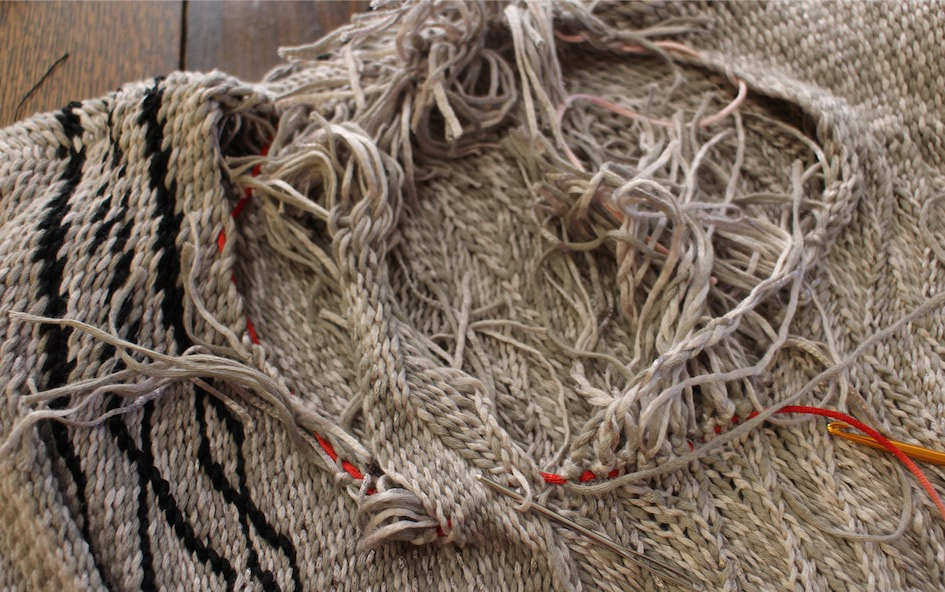

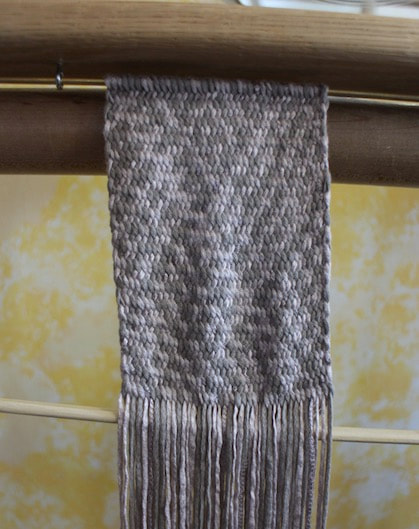
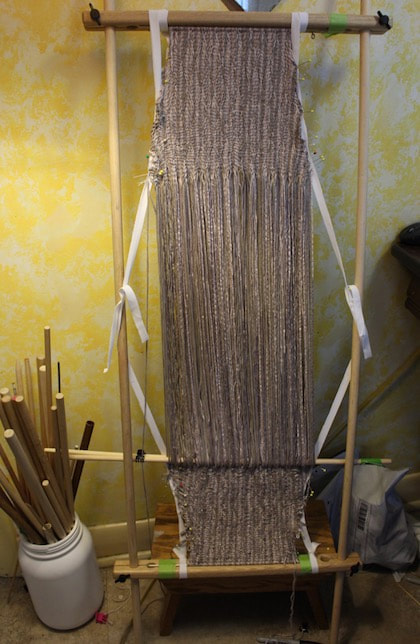
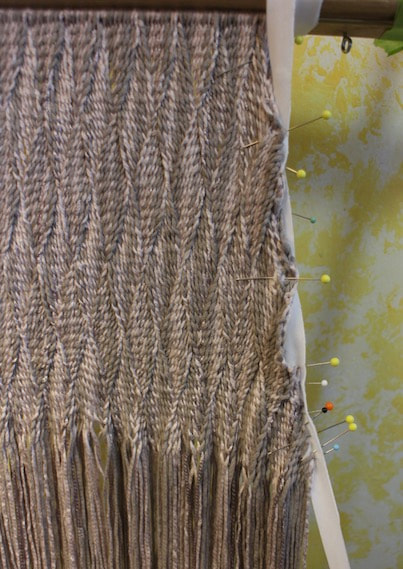
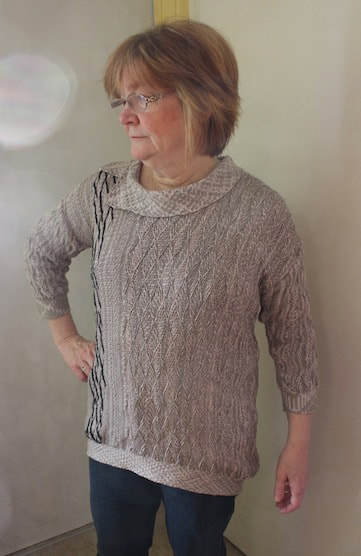
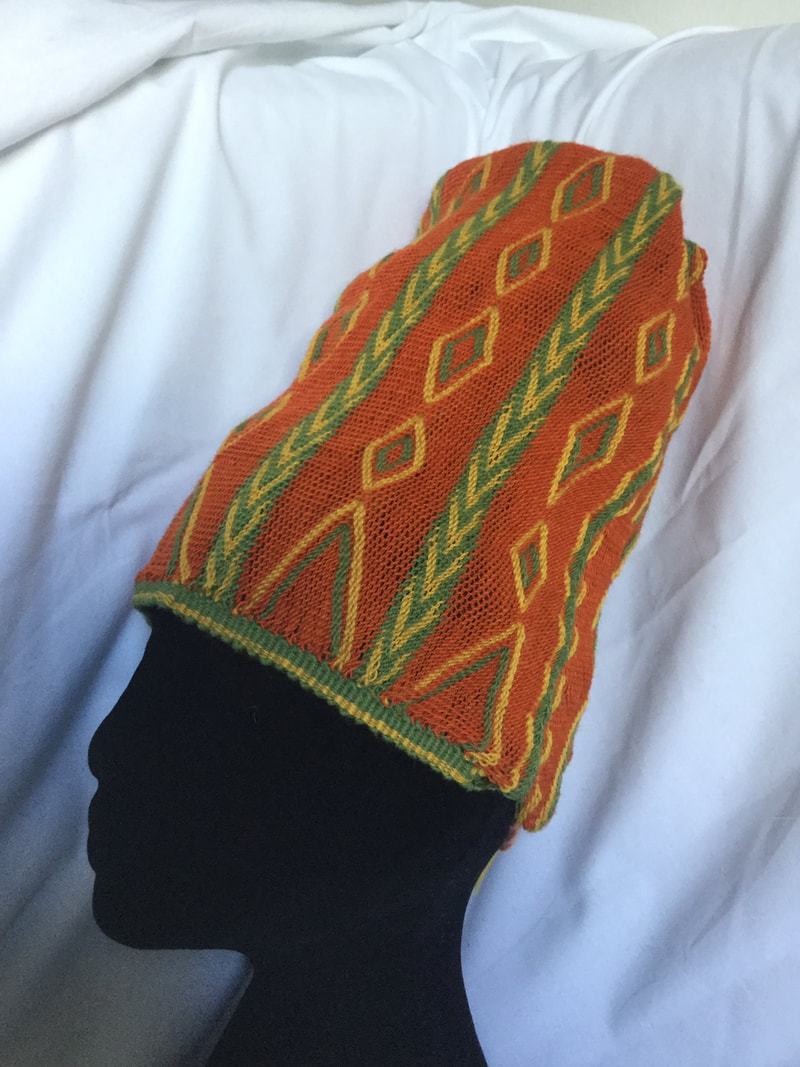
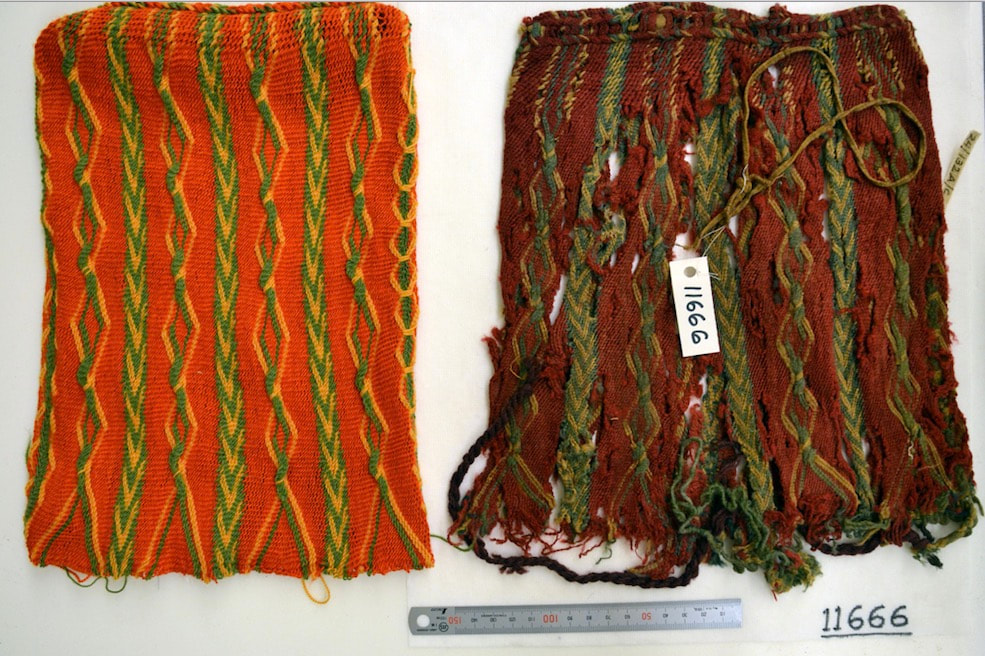
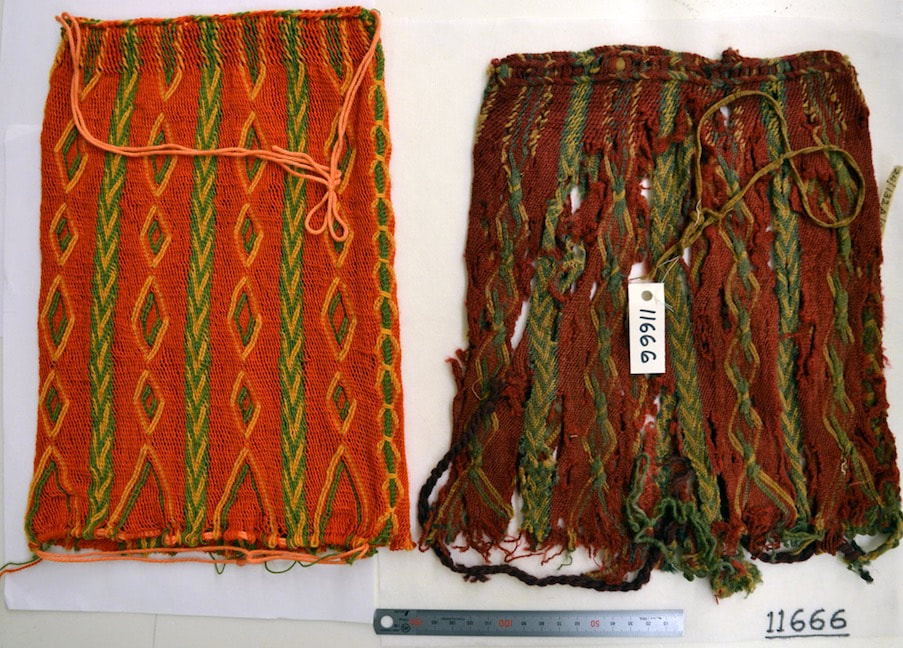
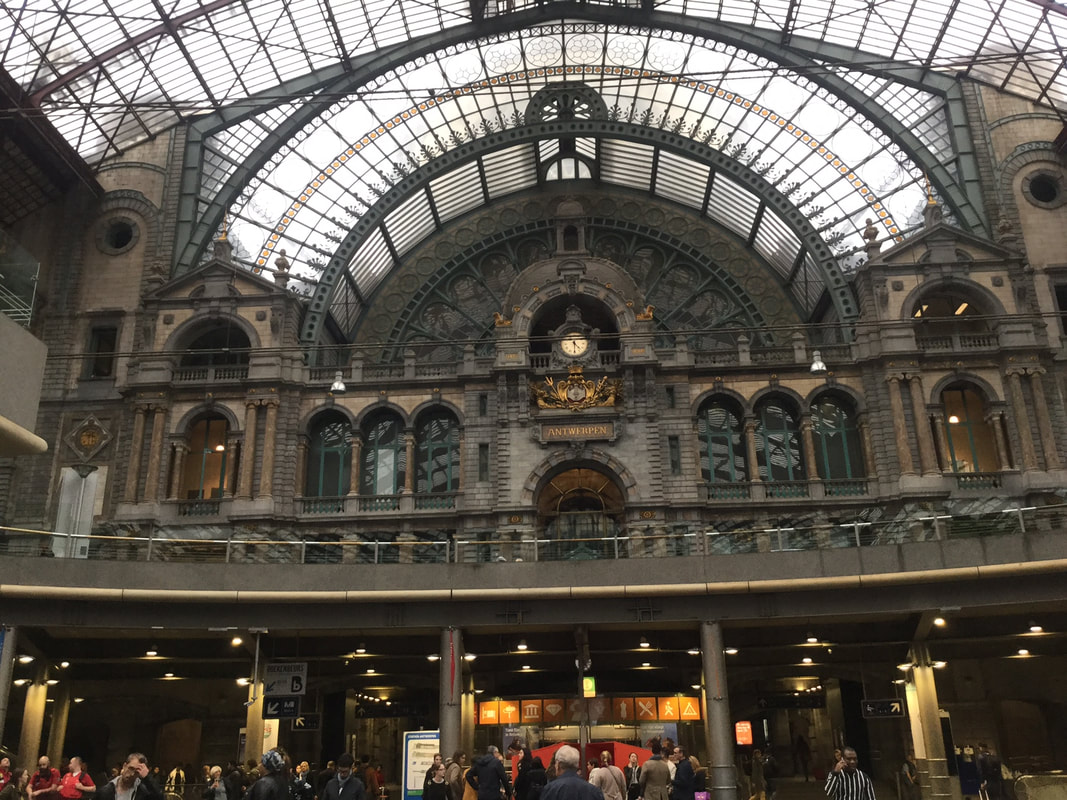
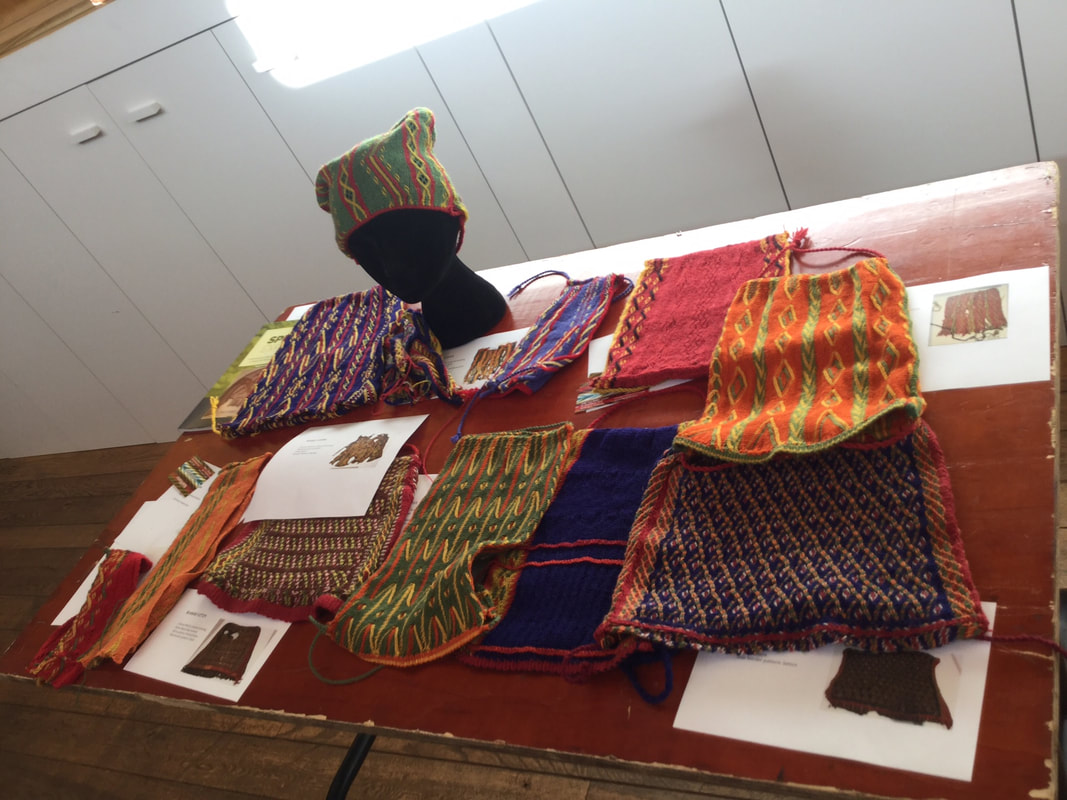
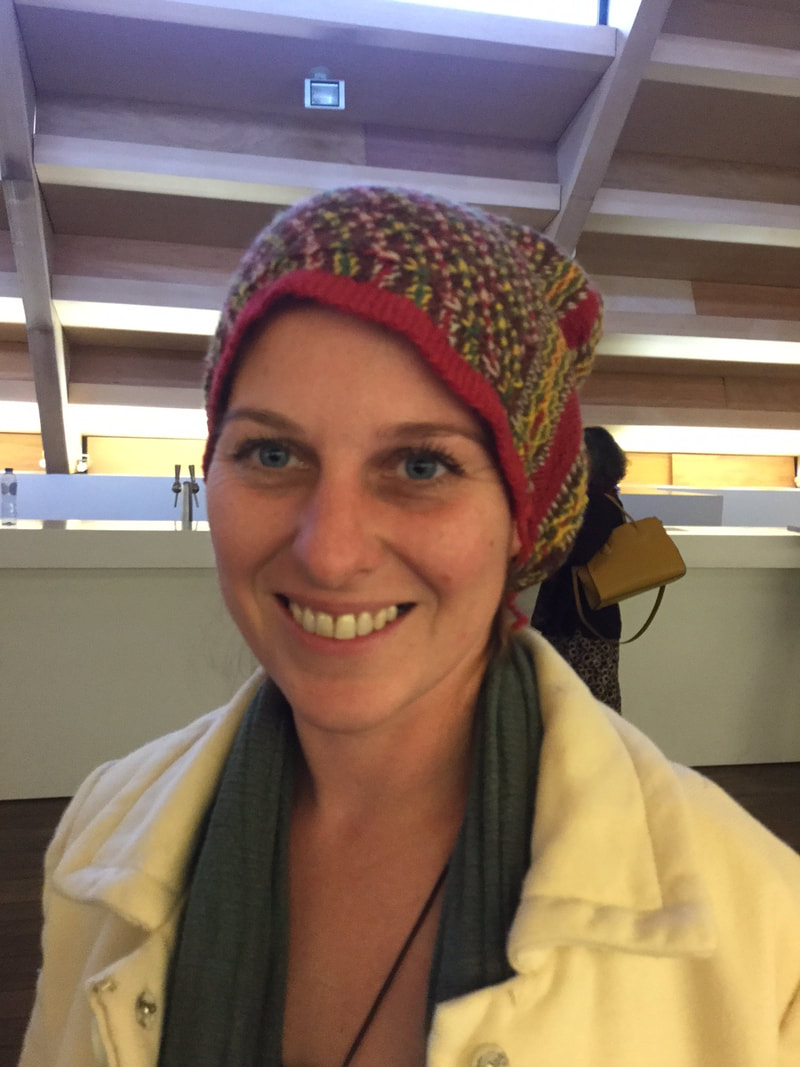
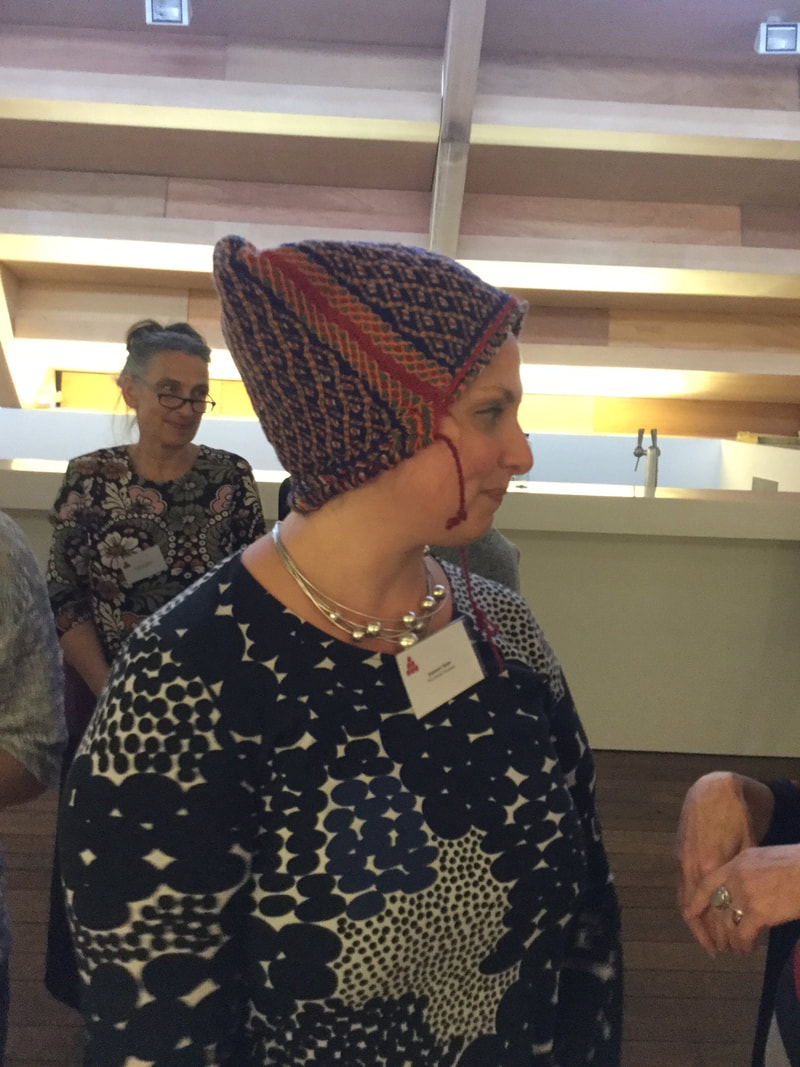
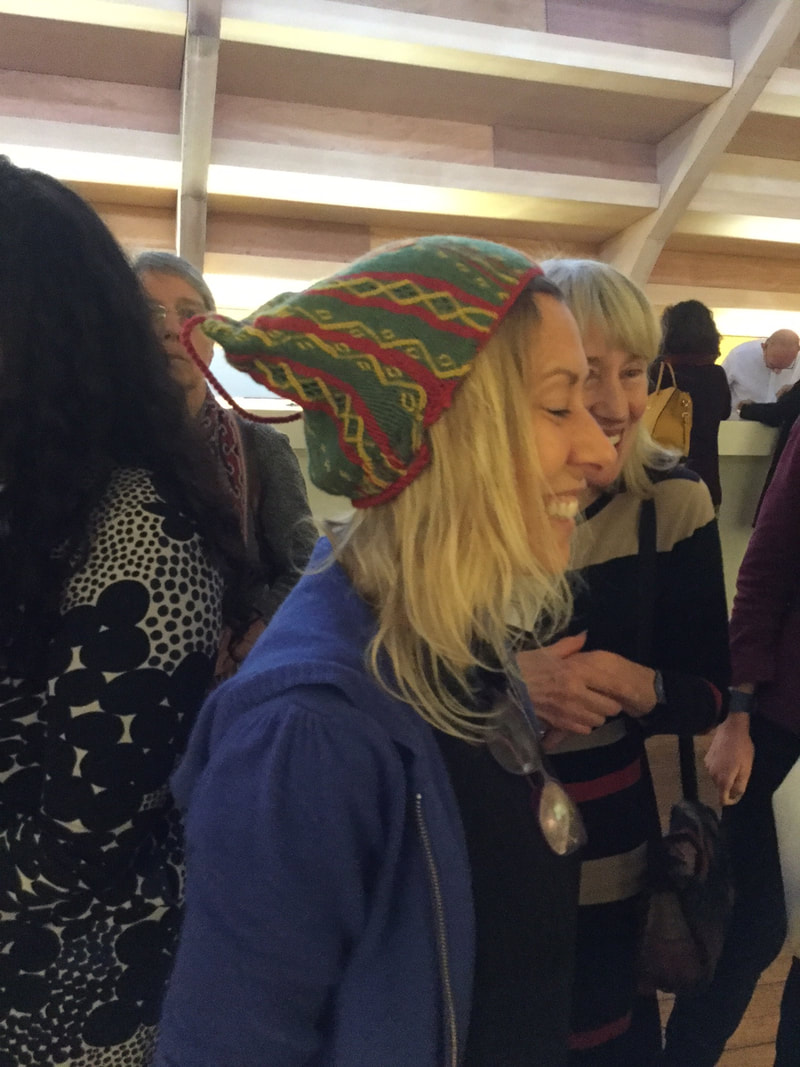
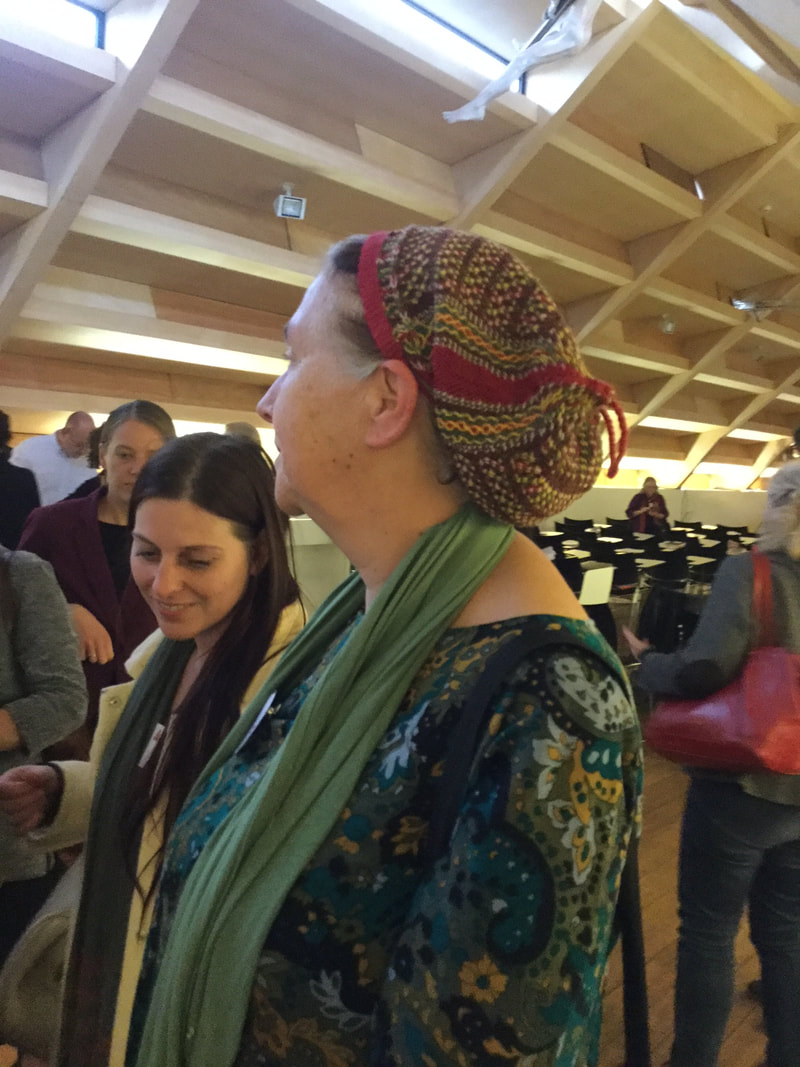
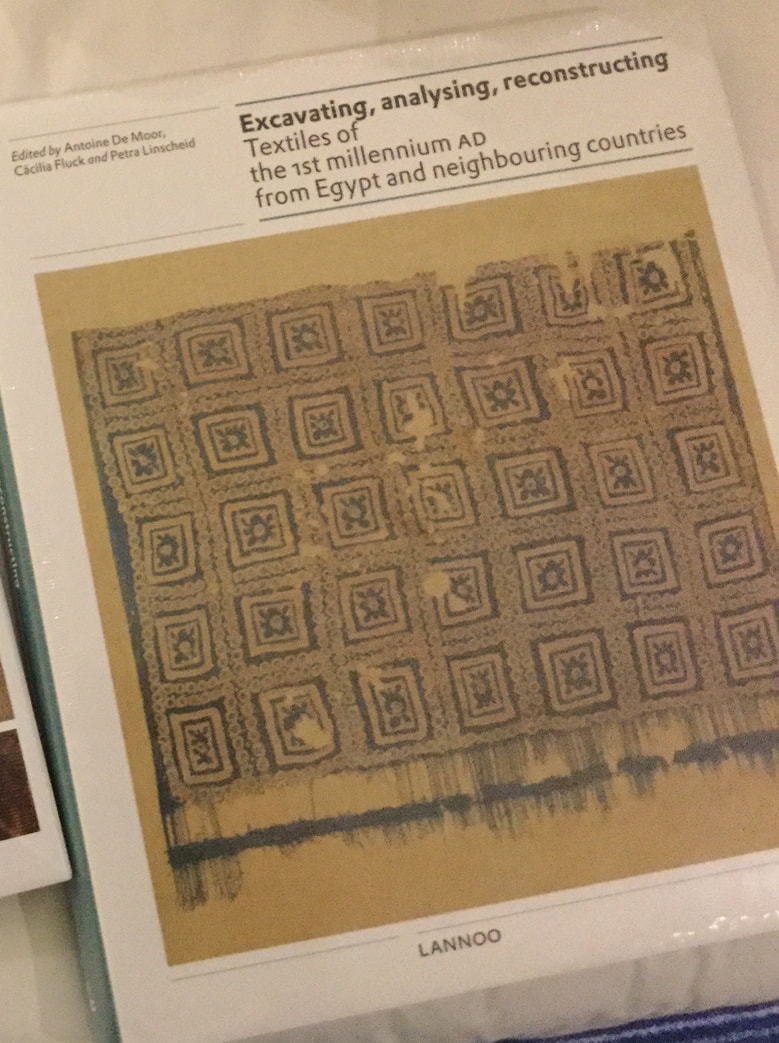
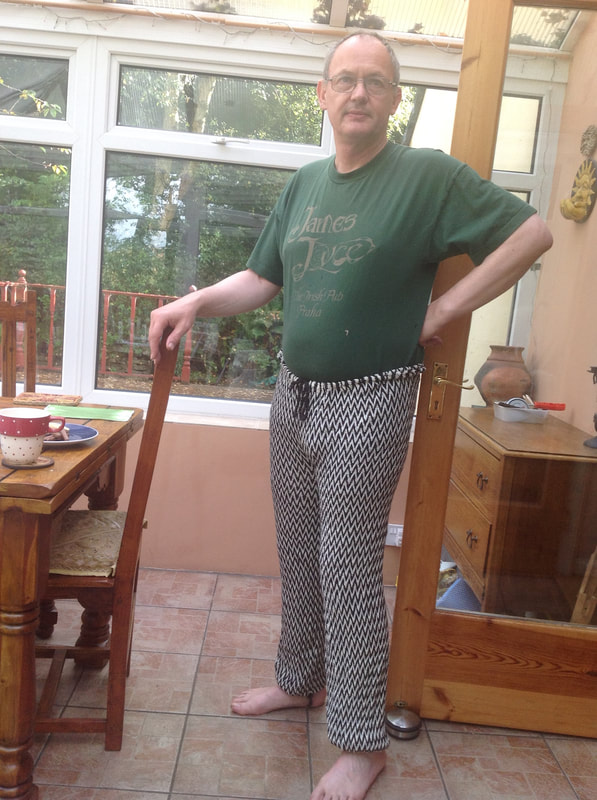
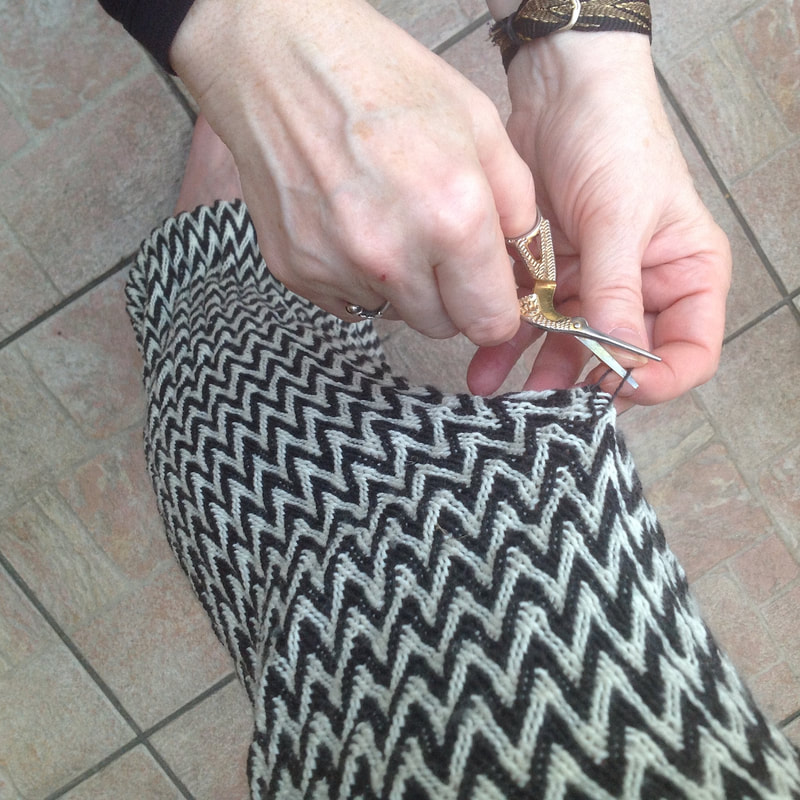
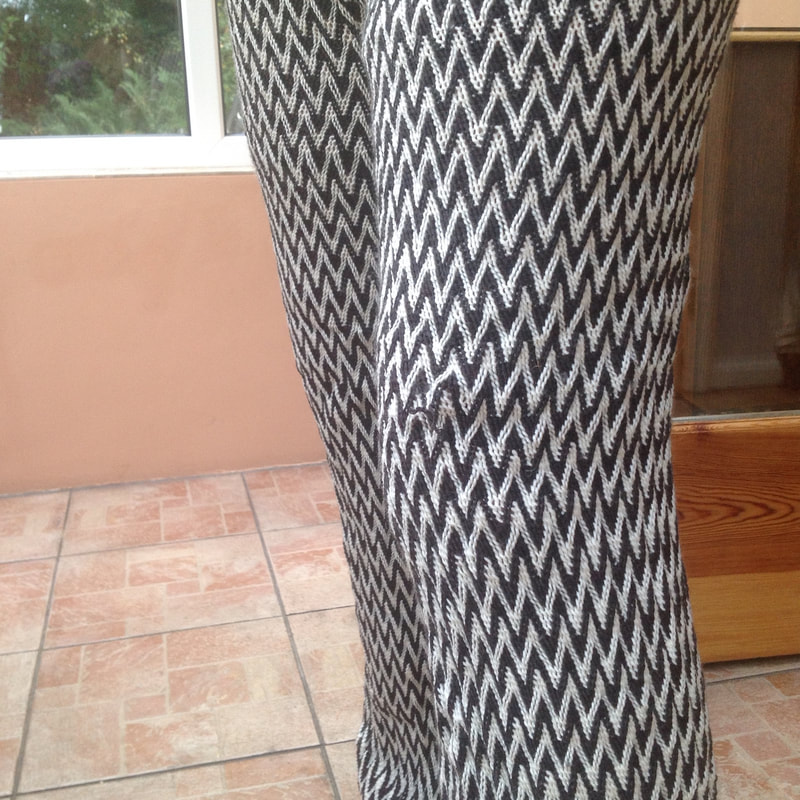
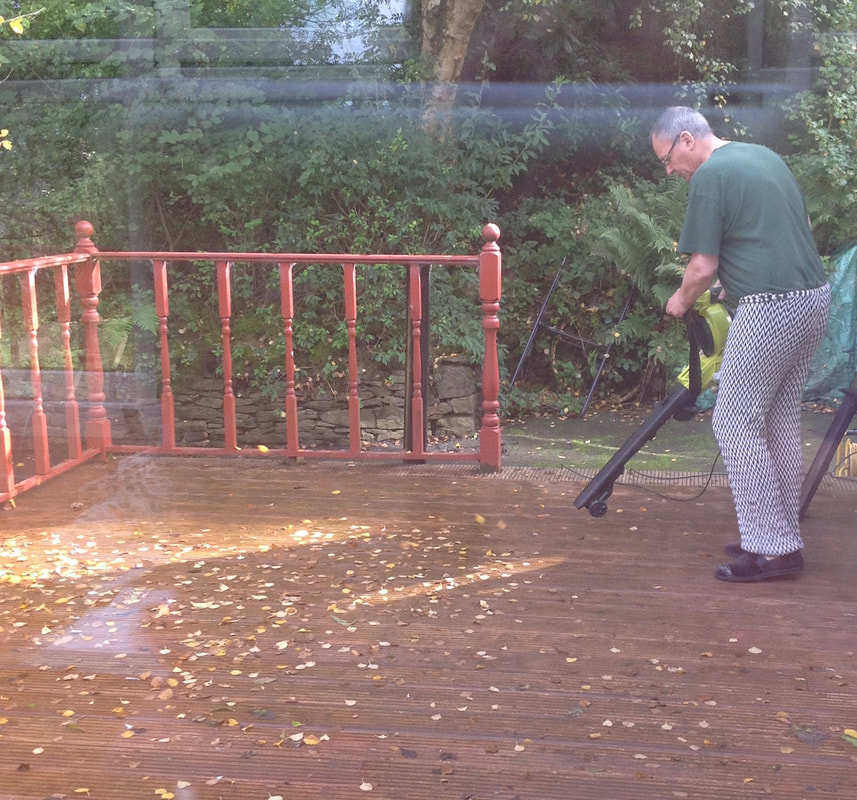
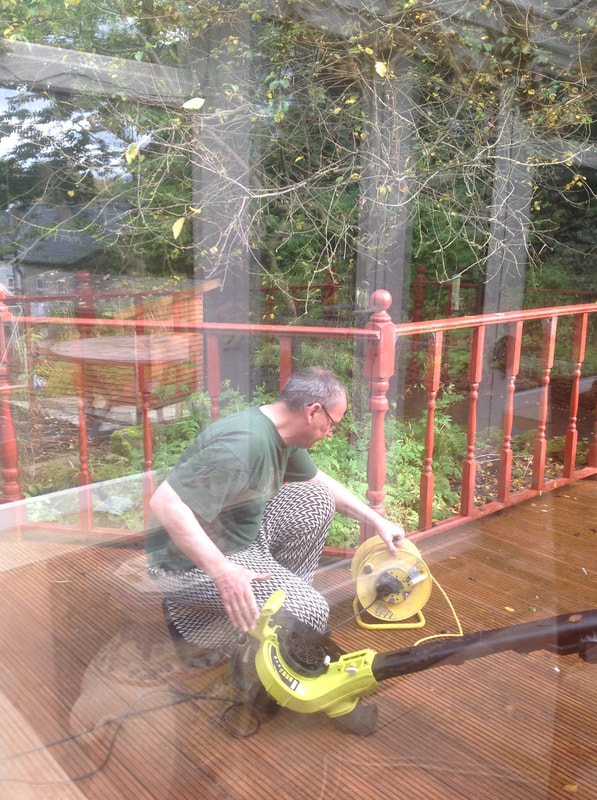
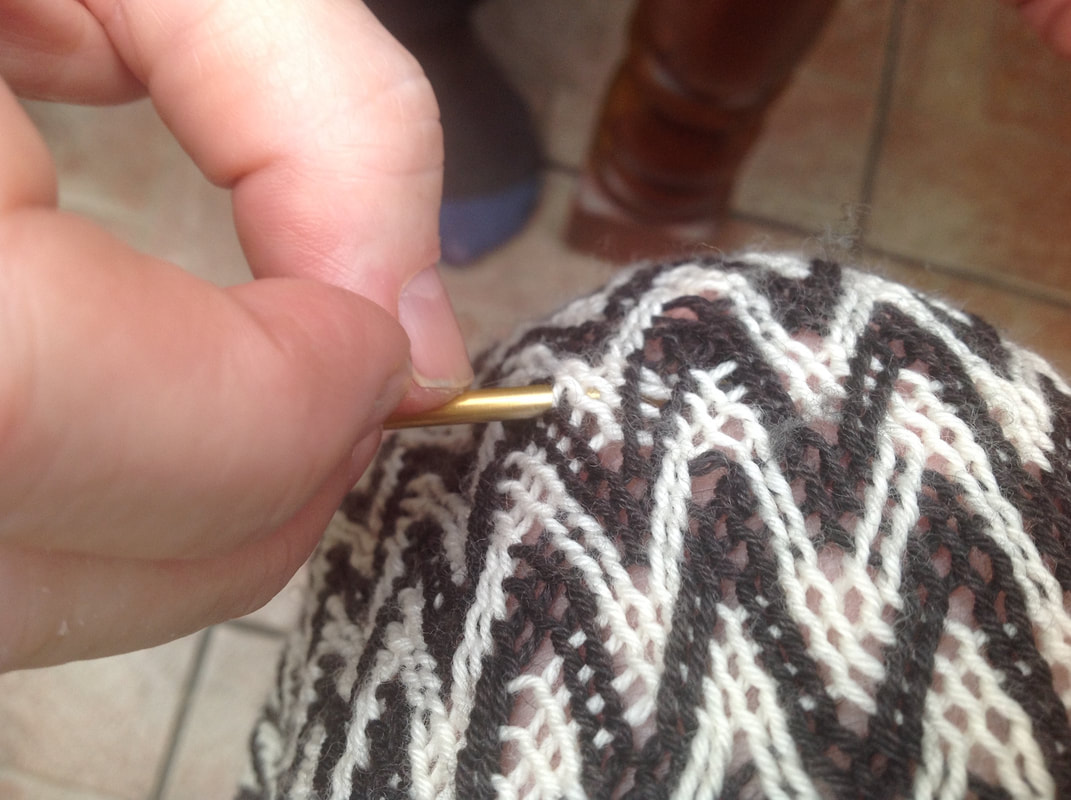
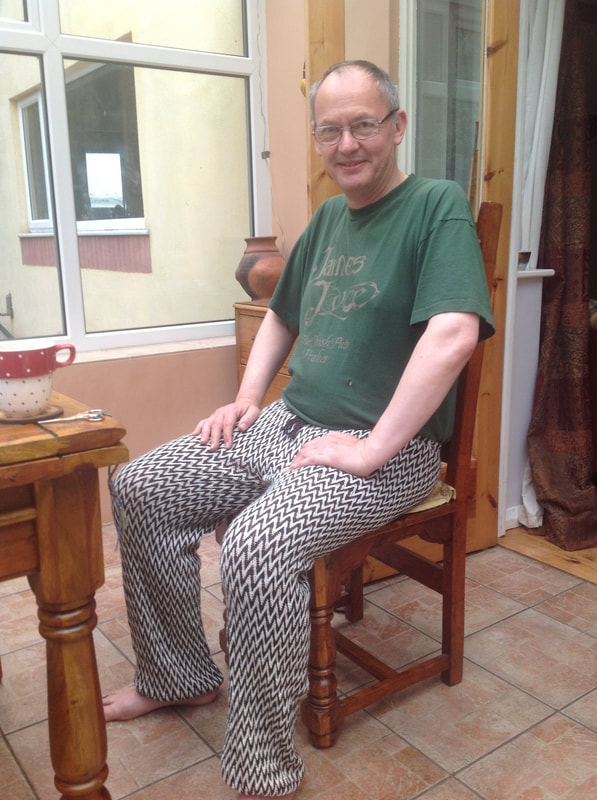
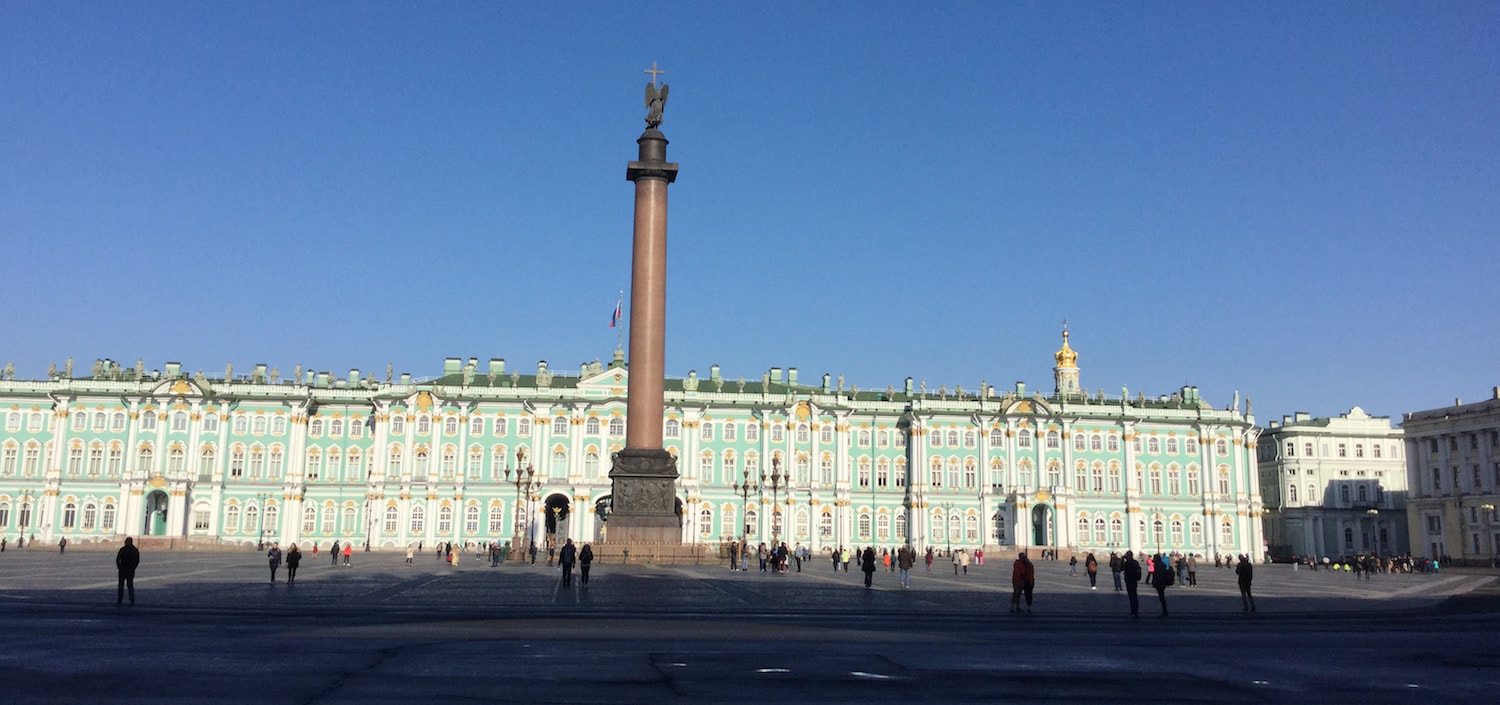
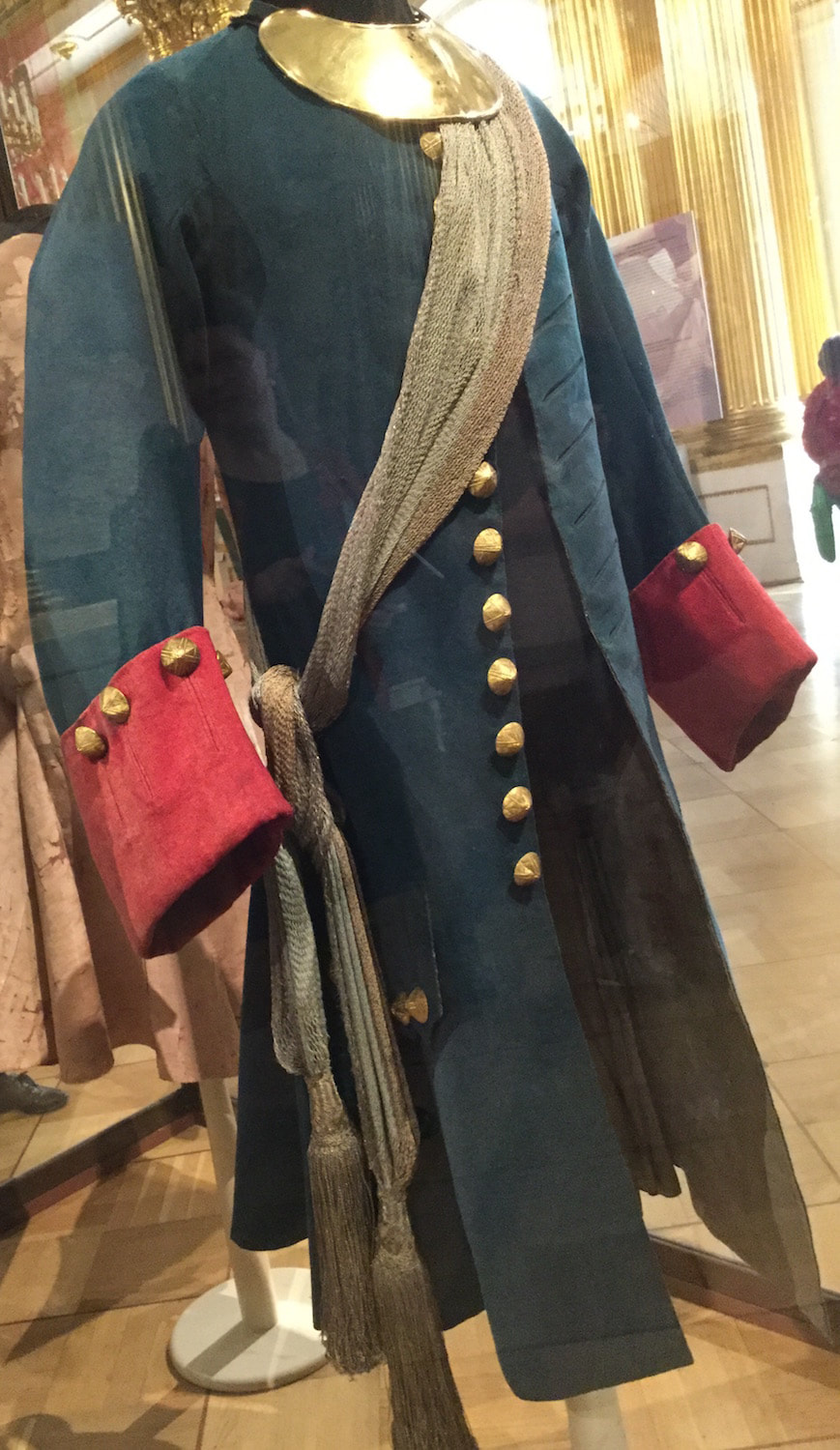
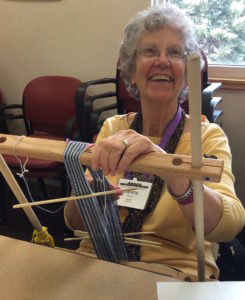
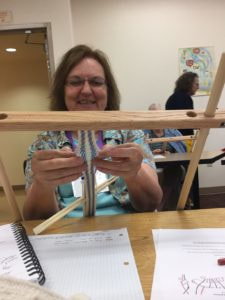
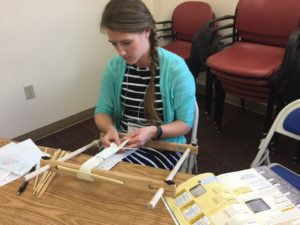
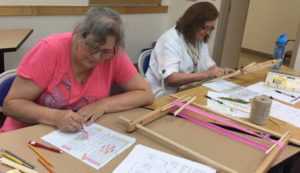
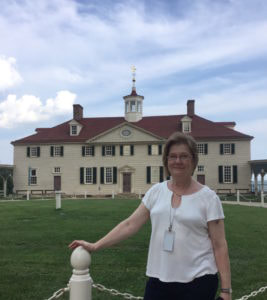
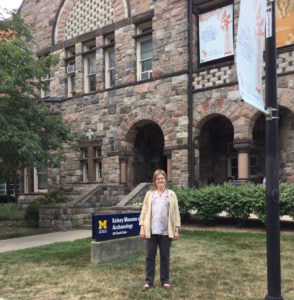
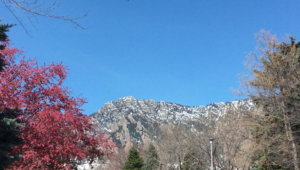





 RSS Feed
RSS Feed